Vegan Laksa
Vegan Laksa promises an explosive burst of Asian flavors! It’s a delectable choice for anyone seeking a rich and intensely flavorful culinary adventure.
With each spoonful, you will virtually travel to Asia and discover unique combinations of spices and flavors. So grab your spoon and bowl, and get ready for a culinary journey with vegetarian laksa!

Try other recipes with Asian noodles such as:
- Noodles with peanut sauce
- Soba noodles with mushrooms and miso and lime sauce
- Garlic Noodles
- Asian noodle soup | Pho soup
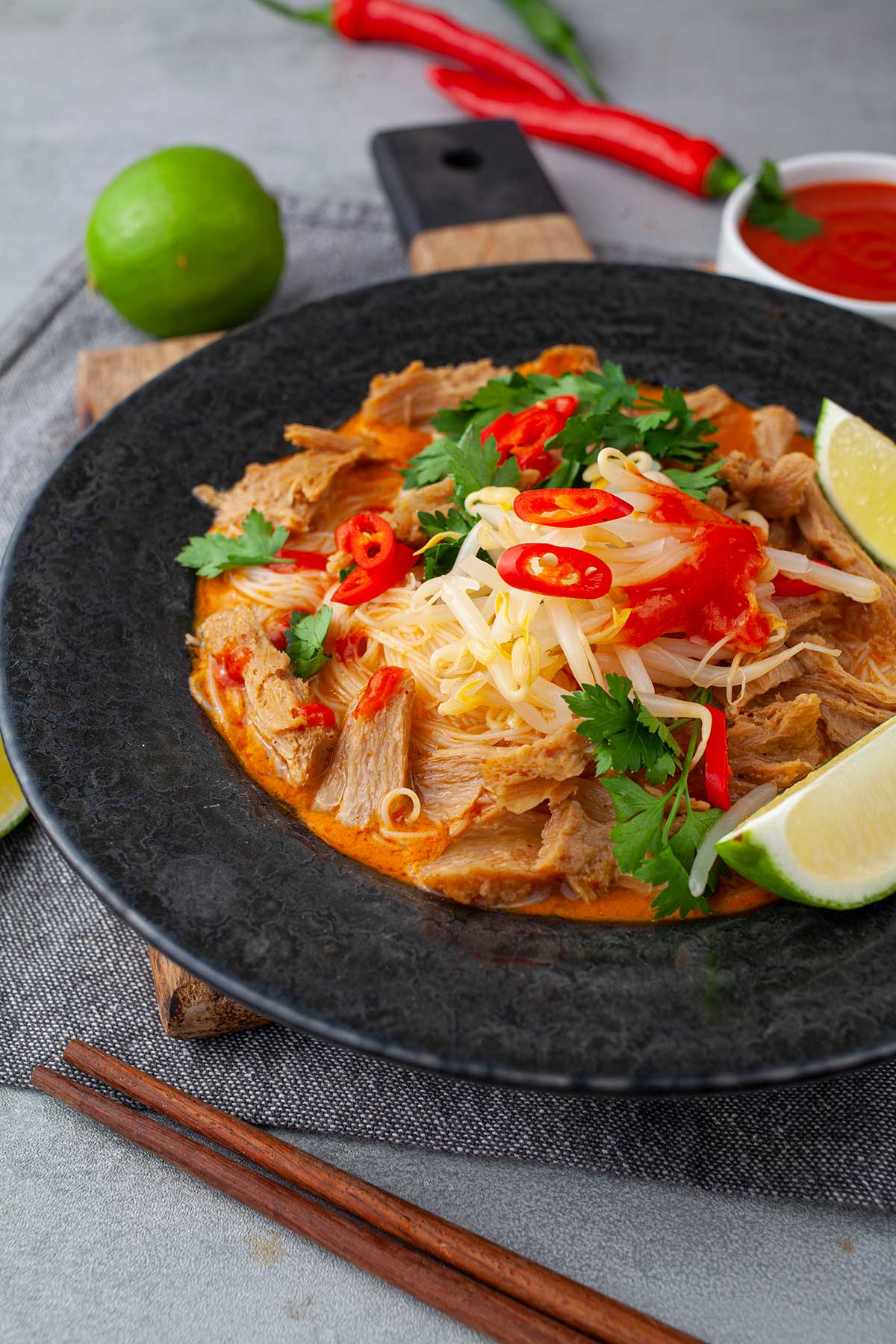
What is laksa?
Laksa is a very popular dish in Asian cuisine, with origins in Malaysia and Indonesia, but it is also appreciated in other Southeast Asian countries, such as Singapore and Thailand. Laksa is known for its unique blend of flavors and textures and for its rich and spicy flavor.
This dish is based on a creamy sauce, which is obtained from a combination of ingredients such as lemongrass, ginger, coconut oil, hot peppers, laksa paste and other spices. The sauce is often mixed with coconut milk, which gives it a rich and creamy taste.
A key ingredient of laksa is rice noodles, which add texture and consistency to the food. In addition, laksa can be prepared with various types of protein, such as meat, chicken, shrimp or tofu, depending on personal preferences or everyone’s diet.
Laksa is recognized for its balanced combination of flavors, ranging from spicy and spicy to sweet and creamy. It is often served as a rich, hot and fragrant soup, garnished with fresh greens, such as cilantro or green onions, and sometimes with slices of lime or sliced boiled egg.
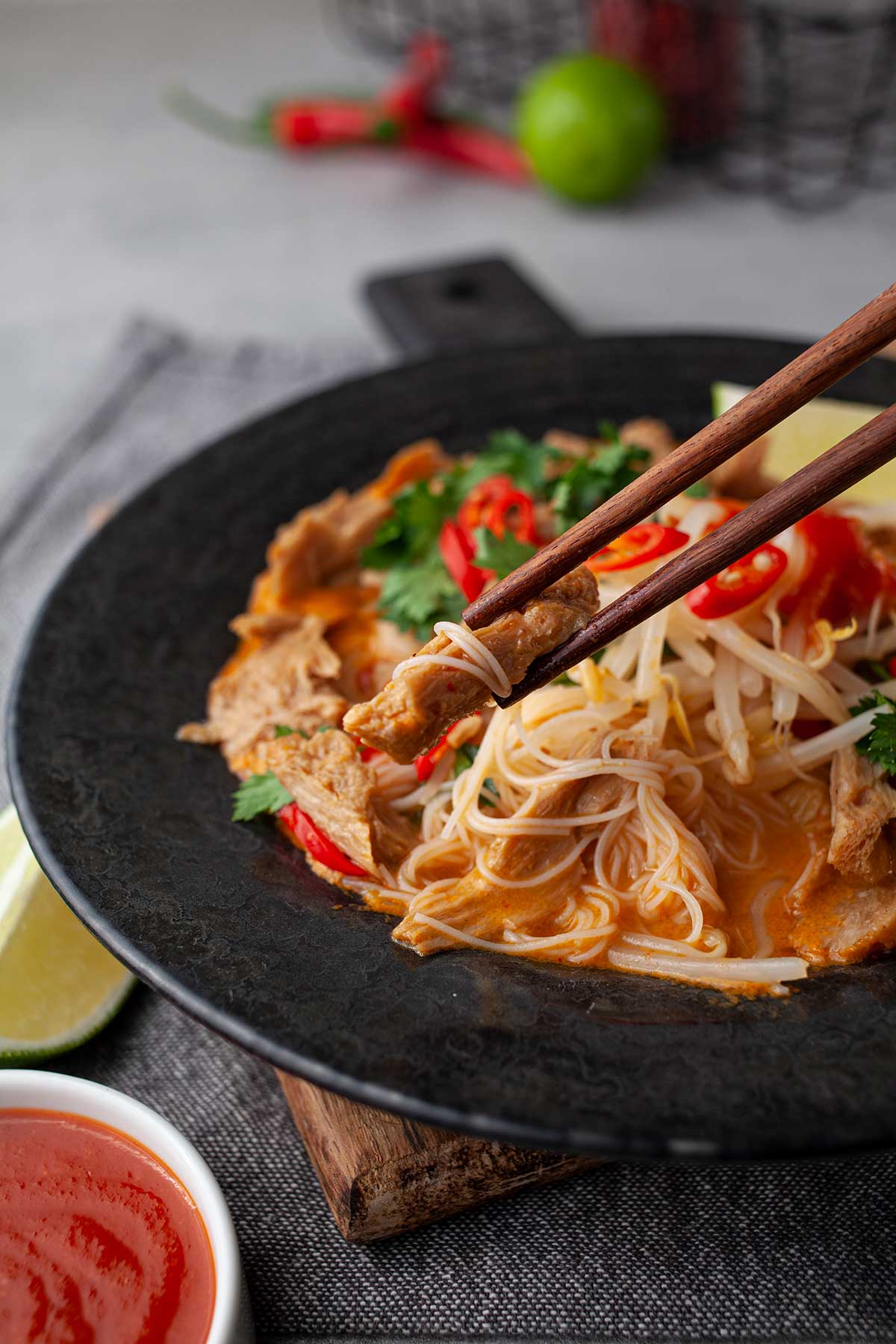
Authentic laksa recipe – origins and history?
Laksa has its origins in Malaysia and Indonesia, but over time, it has evolved and been adopted in different ways in various Southeast Asian countries, such as Singapore and Thailand. There are several variations of laksa, and each of them has distinct characteristics, but in general, laksa consists of a mixture of spices and flavors that make up a spicy and creamy sauce, often combined with coconut milk and served with rice noodles and different types of proteins.
The most famous variant is Nyonya laksa, which is a unique combination of Peranakan cuisine, a distinctive Malaysian culinary culture. This type of laksa uses curry paste and local flavors, such as lemongrass, ginger, and hot peppers, to create a rich and spicy sauce. Laksa Nyonya is often prepared with proteins such as chicken or shrimp and is garnished with fresh greens, and rice noodles are an essential part of the recipe.
In Singapore, laksa also has a distinct variation, known as Katong laksa. Here, the rice noodles are accompanied by crab meat, and the sauce is sweeter and more spicy than the versions in other countries.
In Thailand, there is a variant called Khao Soi, which is a soup with curry paste and coconut milk, garnished with rice noodles and vegetables. This can include different proteins such as beef or chicken.
In each of these countries, the laksa recipe can vary significantly, but the basic principle remains the same: a tasty mix of spices, coconut milk, protein and rice noodles. Laksa is appreciated all over the world for its complexity of flavors and textures, making it a particularly delicious and comforting food.
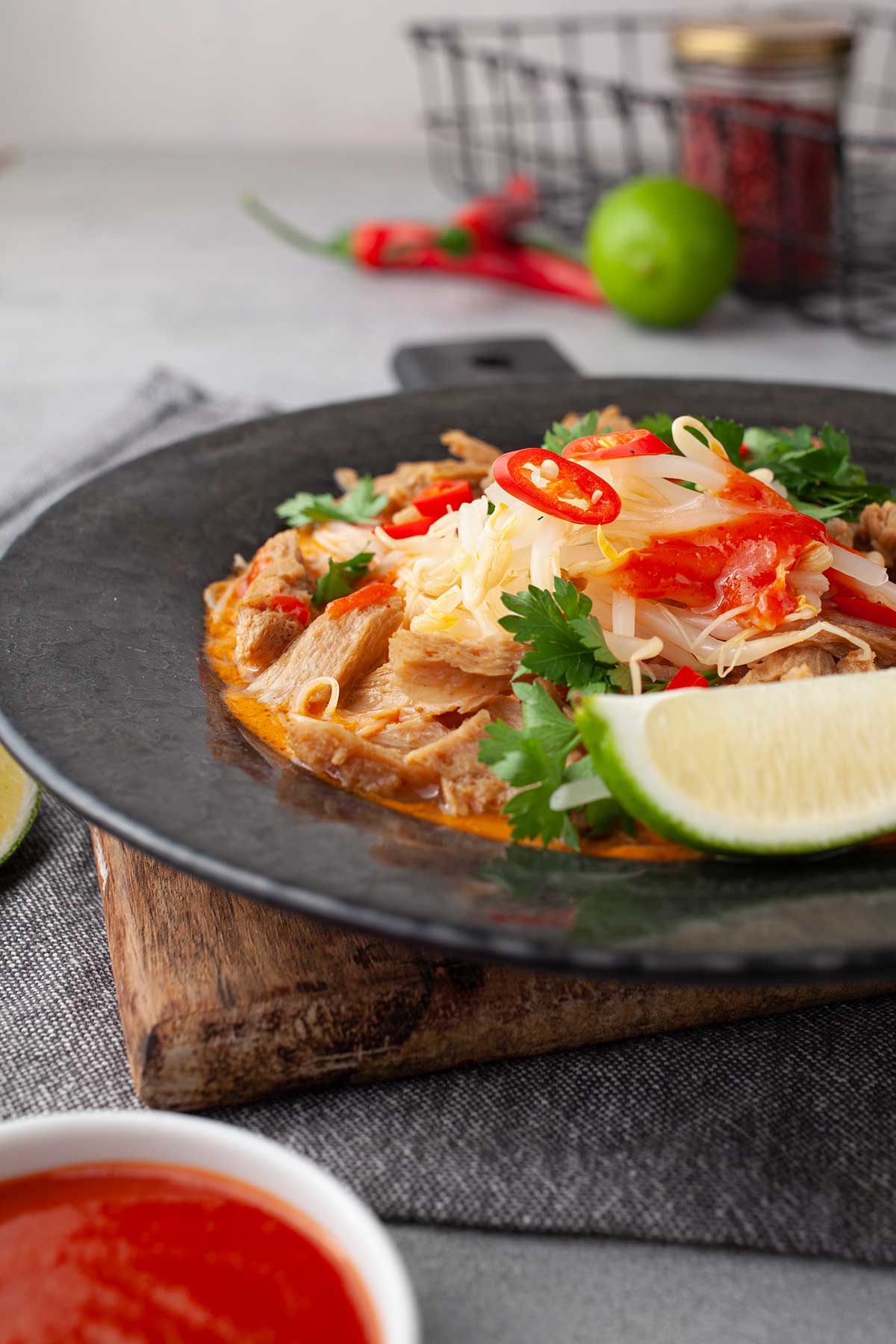
Ingredients for vegan laksa
- Textured Soy Protein, Slices: Textured soy adds an element of protein and a firm texture to laksa. Before use, it is important to rehydrate it in hot water or soup to make it soft and juicy.
- Olive Oil: Olive oil adds a velvety texture and contributes to the overall saltiness of the flavor.
- Garlic: Garlic is an essential source of flavor and brings a rich and intense taste to this vegetarian laksa recipe. You can adjust the amount of garlic according to your preferences.
- Ginger: Ginger adds a touch of freshness and a bit of subtle spiciness to the vegetarian curry laksa recipe. You can grate the ginger to make it easier to add it or you can chop it finely.
- Lemongrass: Lemongrass is an essential ingredient in the authentic flavoring of laksa. It can be cut into thin slices and added to provide a citrusy and fragrant note.
- Chili Peppers: Chili peppers add a bit of heat, but also an explosion of spicy flavors to the soup. You can adjust the amount of chili to suit your preferred level of spiciness.
- Laksa Paste: Laksa paste is the basic element of this recipe and adds a unique and rich flavor. You can adjust it depending on how spicy you like the soup.
- Coconut milk: Coconut milk adds creaminess and sweetness to laksa, balancing the hot and aromatic tastes.
- Tamari: Tamari is a gluten-free version of soy sauce and contributes to the taste of this Malaysian vegetable laksa recipe. It can be used to adjust the salt level.
- Tofu: Tofu is an excellent source of protein for laksa. You can cut it into cubes and fry it beforehand to add a crunchy texture.
- Rice Noodles: Rice noodles are the main solid component of laksa. They absorb the flavors from the soup and provide a pleasant texture.
- Hot sauce: Hot sauce can be added to taste to increase the level of spiciness, if you want a spicier laksa.

How to make vegan laksa
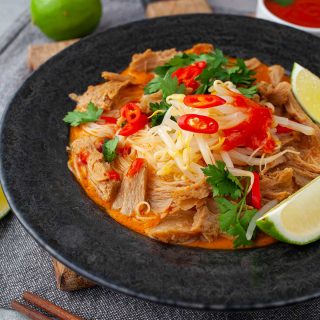
Vegan Laksa
Ingredients
For the vegan “meat”:
- 1 tablespoon Chinese spice mix
- 100 g 4oz textured soy protein
Laksa soup:
- 4-6 cups vegetable stock or water
- 1 ½ tablespoons of olive oil
- 2 cloves garlic
- 1 teaspoon ginger crushed
- 1 lemongrass white part only, chopped
- 1 chili pepper chopped
- ½ cup laksa paste
- 1 can coconut milk
- 2 teaspoons tamari
- ½ cup tofu crumbled
- 300 g 10oz rice noodles
- 80 g 3oz pea sprouts
Toppings:
- ½ cup fresh coriander
- 1 lime sliced
- 1 chili sliced
Instructions
- In a small saucepan, combine hot water and the spice mixture, then heat until it boils. Add the textured soy protein and let it simmer for 10-15 minutes. Remove the soy protein, drain excess liquid on paper towels, and cut it into strips. Set aside.
- In a pot over low heat, heat the oil. Once hot, add the garlic and ginger, and sauté for 20 seconds. Then, add the lemongrass and chili, and continue to cook, stirring, for another minute. Stir in the laksa paste and cook for an additional 2 minutes.
- Pour in the vegetable stock, coconut milk, and tamari. Cover with a lid and let it simmer over low heat for 10 minutes.
- Add crumbled tofu and the soy strips. Mix well.
- Cook the rice noodles separately, drain, and set aside.
- To serve, distribute the cooked noodles among 4-6 servings, then pour the soup, tofu, and soy strips over the noodles. Add the pea sprouts and garnish with coriander, lime, and chili. Enjoy!
If you make this, please leave a review and rating if you liked this recipe! ★★★★★
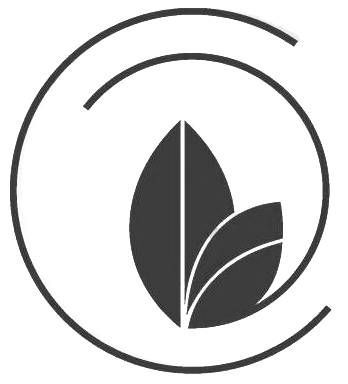
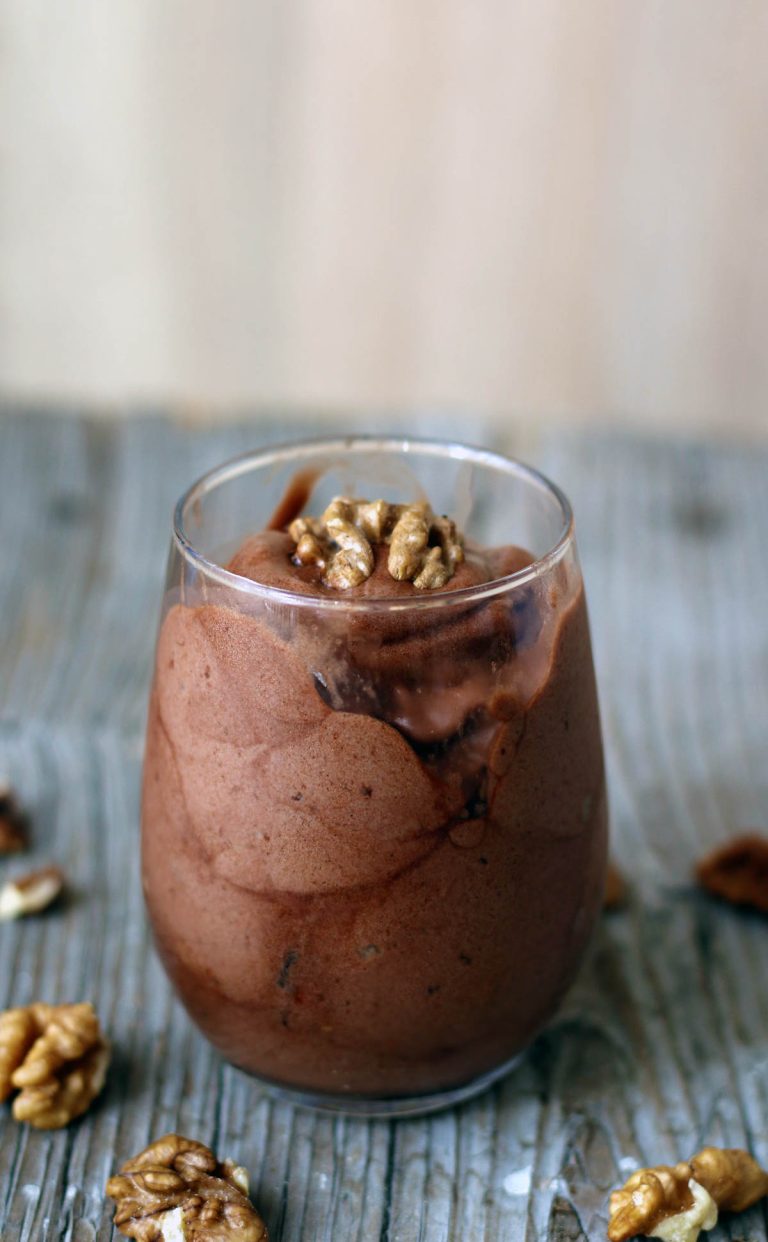


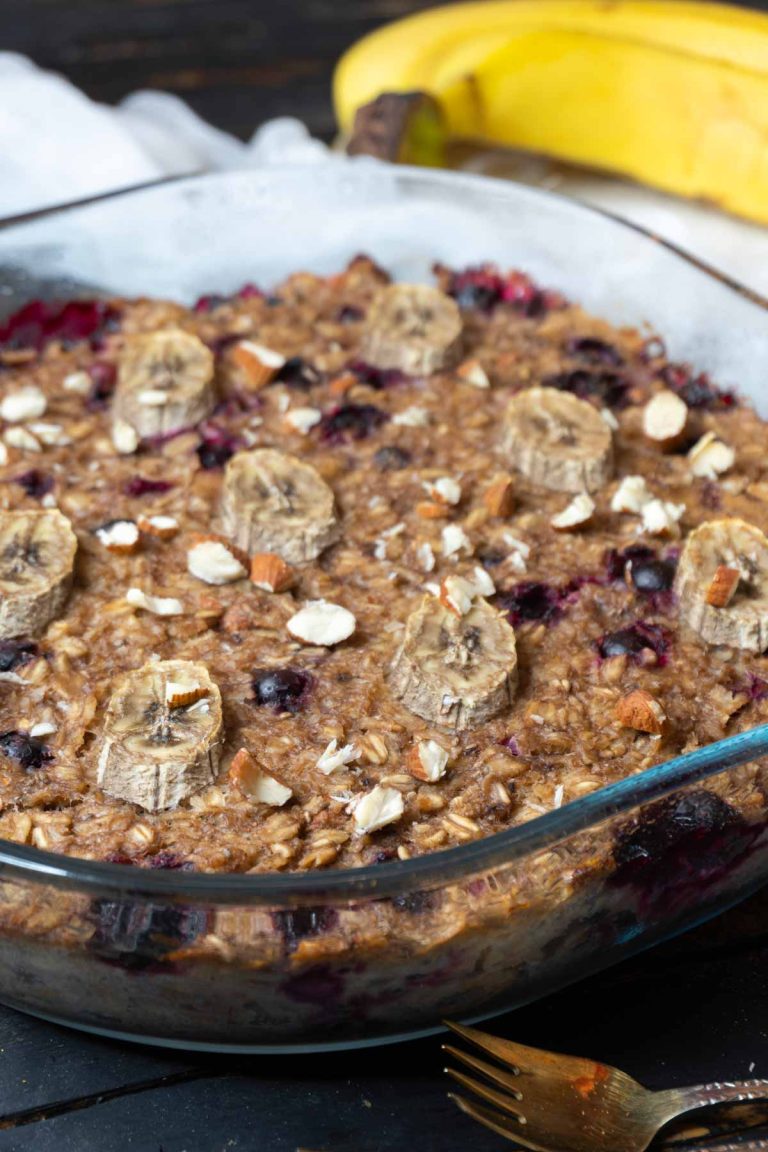
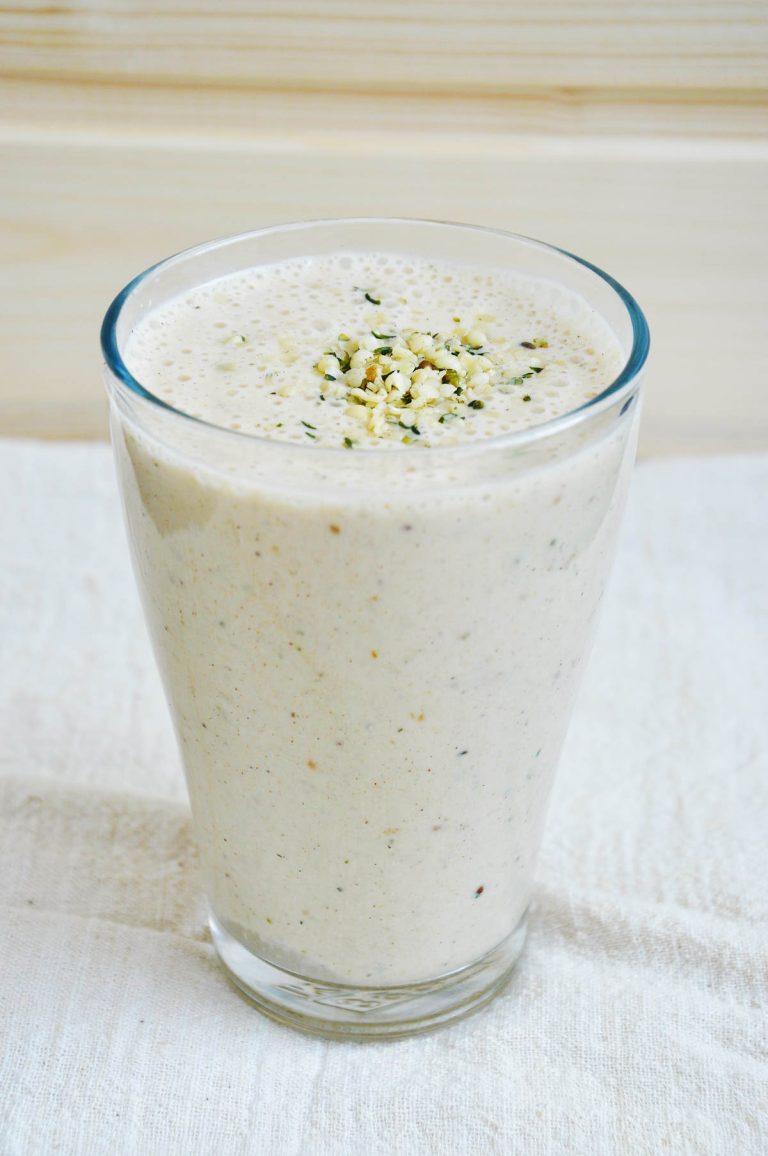
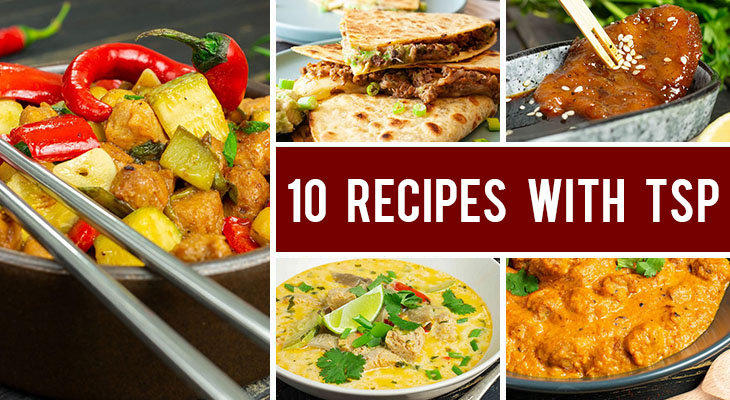
Creative!